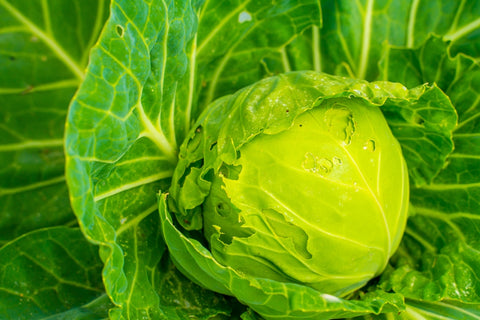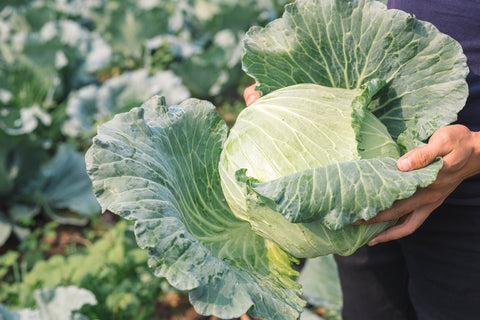Permaculture is a holistic design philosophy that draws inspiration from natural ecosystems to create sustainable and regenerative garden spaces. By mimicking the patterns and processes of nature, permaculture garden beds promote harmony with the environment, enhance biodiversity, and produce abundant yields. In this blog, we will explore the tips and techniques for creating permaculture garden beds that are in tune with nature.The following content also has some reference value for raised garden beds.

Understanding Permaculture
Permaculture, a portmanteau of "permanent" and "agriculture," is based on a set of ethics and principles that guide sustainable living and land use. The core principles of permaculture are:
- Care for the Earth: Prioritize the health and well-being of the planet, aiming to protect and restore ecosystems.
- Care for People: Meet human needs while ensuring that communities have access to resources and are able to thrive.
- Fair Share: Distribute resources and surplus equitably, promoting a sense of justice and fairness.
Strategies and Techniques for Permaculture Garden Beds
- Polyculture Planting:
- Instead of growing a single crop in a large monoculture, practice diversity by planting a variety of species within the same garden bed. This diversity creates natural checks and balances, reduces the risk of pests and diseases, and enhances soil health.
- Companion Planting:
- Certain plant combinations can benefit each other by deterring pests or enhancing growth. For example, planting aromatic herbs like basil near tomatoes can help repel insects that commonly affect tomatoes.
- Vertical Gardening:
- Make efficient use of space by growing vining crops, such as cucumbers, beans, or squash, on trellises or other vertical structures. This maximizes the growing area and creates natural shade.
- Composting and Mulching:
- Implement a closed-loop system by composting kitchen scraps and garden waste to create nutrient-rich humus. Use mulch to retain soil moisture, suppress weeds, and regulate soil temperature.

- Rainwater Harvesting:
- Capture rainwater from your roof in barrels or cisterns. This stored water can be used for irrigation, reducing the demand on local water resources and saving you money.
- Hugelkultur:
- Build raised garden beds with decaying wood at the base. As the wood breaks down, it becomes a long-term source of nutrients for your plants, reducing the need for external inputs.
- No-Dig Gardening:
- Avoid disturbing the soil by not tilling or turning it over. Instead, layer organic matter on top of the soil, creating a fertile environment for plants.
- Beneficial Insects:
- Attract and support beneficial insects like ladybugs, lacewings, and pollinators by planting nectar-rich flowers and providing habitat.

The Permaculture Process
- Observation:
- Start by observing your garden site and the surrounding environment. Take note of the sun's path, wind patterns, water flow, and microclimates. These observations will guide your design.
- Design:
- Create a permaculture design plan that considers the needs and functions of different elements in your garden, such as plants, animals, and structures. Make the most of natural resources like sunlight and rain.
- Soil Improvement:
- Focus on building healthy soil that teems with life. Incorporate compost, organic matter, and mulch to create a thriving soil ecosystem that provides essential nutrients to your plants.
- Crop Rotation:
- Rotate your crops to minimize the risk of pests and diseases and to avoid soil depletion. Different plant families have varying nutrient requirements, and crop rotation maintains soil health.
- Wildlife Integration:
- Encourage wildlife to inhabit your garden. Birds, insects, and small mammals can help with pest control and pollination. Create habitat features like birdhouses and insect hotels.
- Sustainable Practices:
- Implement gardening techniques, including conserving water, using natural pest control, and ethical gardening. Respect the permaculture ethics of "care for the Earth," "care for people," and "fair share."
Conclusion
Permaculture garden beds represent a harmonious and sustainable approach to gardening that aligns with nature's wisdom. By implementing the principles and techniques of permaculture, you can create a garden that not only produces an abundance of food but also nurtures the health of the planet. Permaculture gardening is an invitation to deepen your connection with the natural world, fostering a sense of stewardship and respect for the Earth's intricate web of life. As you embark on your permaculture journey, remember that harmony with nature is not just a goal but an ongoing, enriching process.









